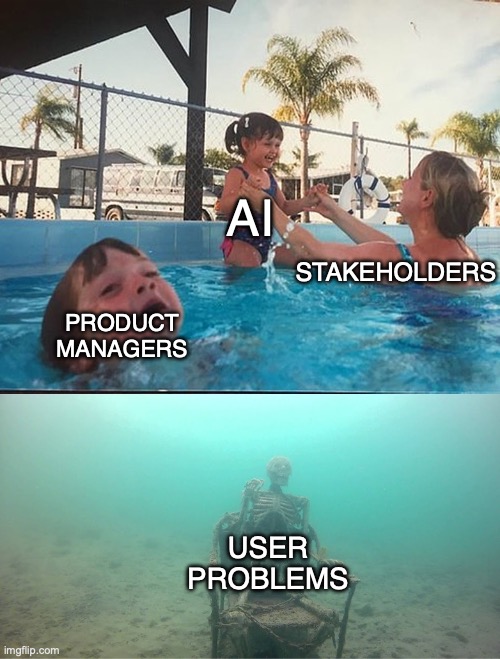High WIP (work-in-progress) is one of the worse viruses for you business can have.
It's damaging on two fronts:
1) It hurts your customers = lower quality, poor outcomes, slow work, etc...
2) It hurts your people = stress, overwork, disengagement, etc…
It's damaging on two fronts:
1) It hurts your customers = lower quality, poor outcomes, slow work, etc...
2) It hurts your people = stress, overwork, disengagement, etc…

P.s. high WIP is often a symptom too, not the cause.
It's typically a sign of:
- a lack of focus
- unclear of missing strategy
- inability to say 'no' (yes culture)
- lack of transparency
It's typically a sign of:
- a lack of focus
- unclear of missing strategy
- inability to say 'no' (yes culture)
- lack of transparency
• • •
Missing some Tweet in this thread? You can try to
force a refresh













